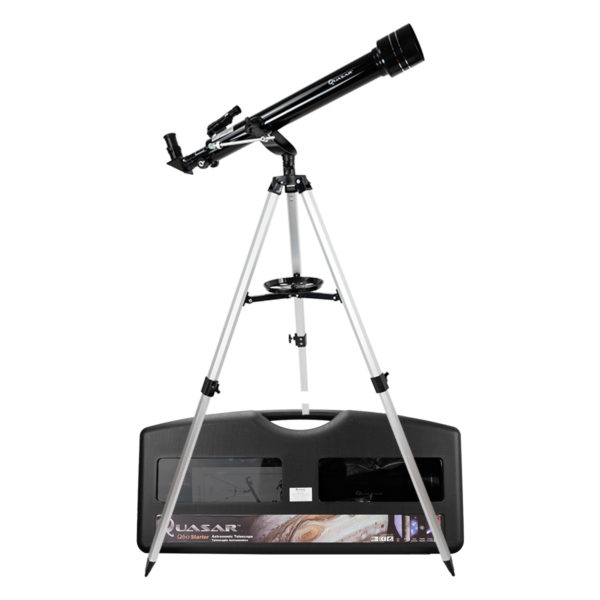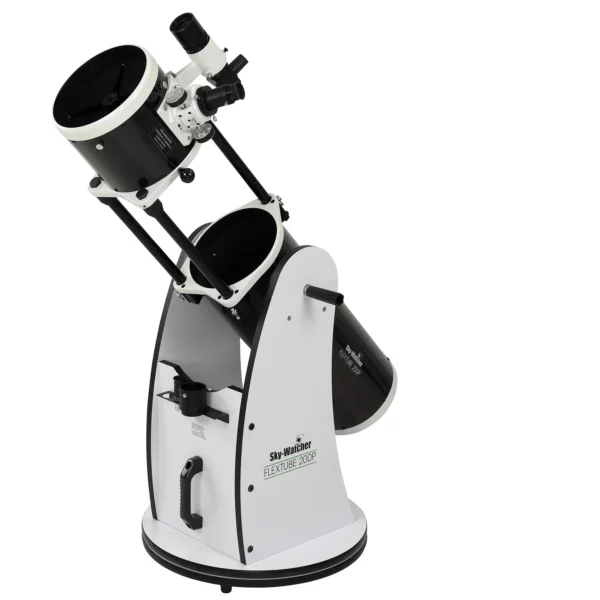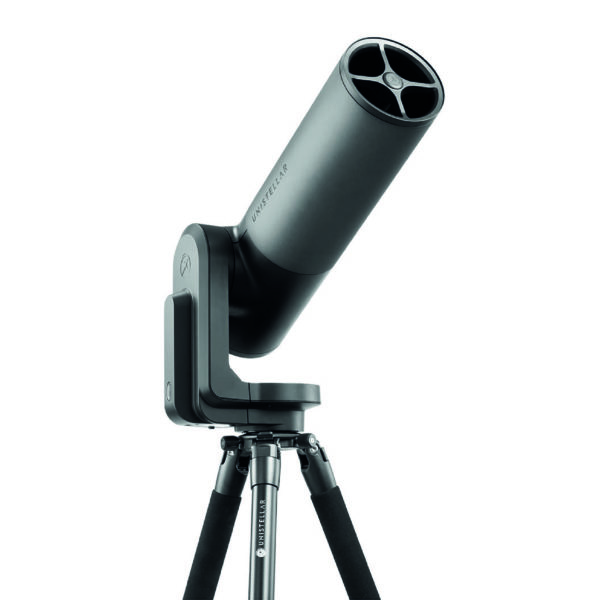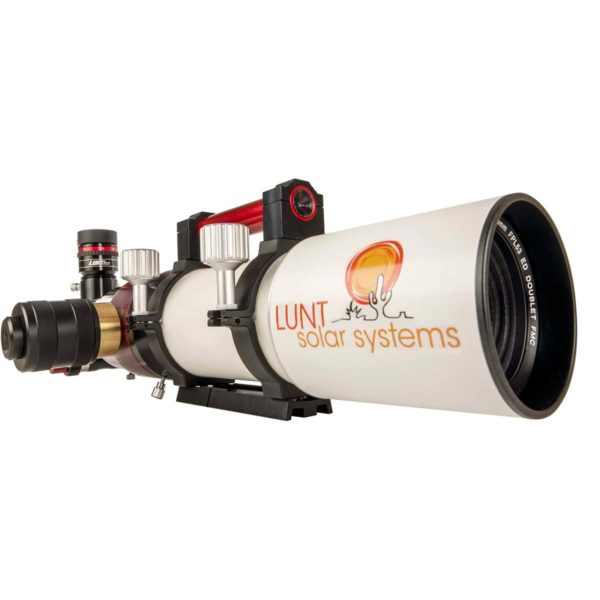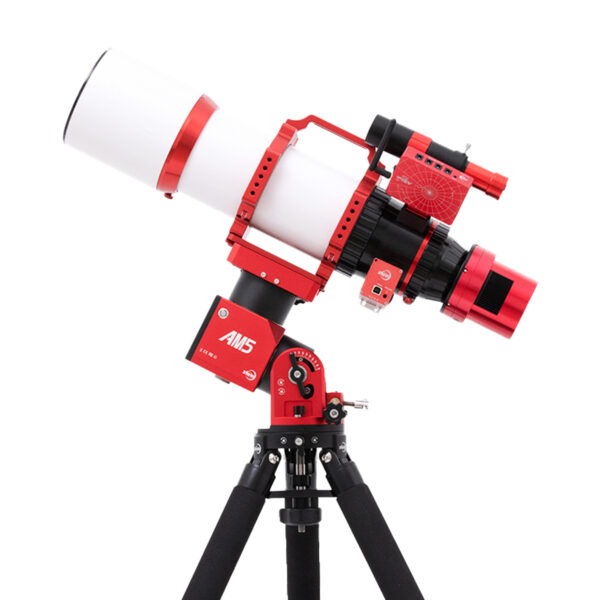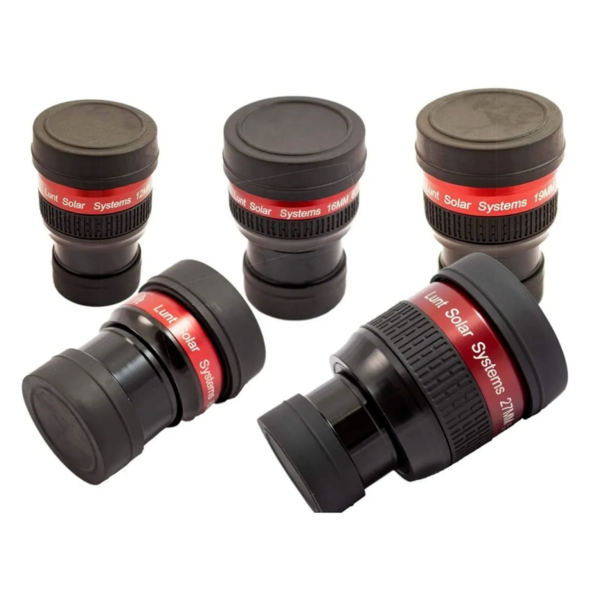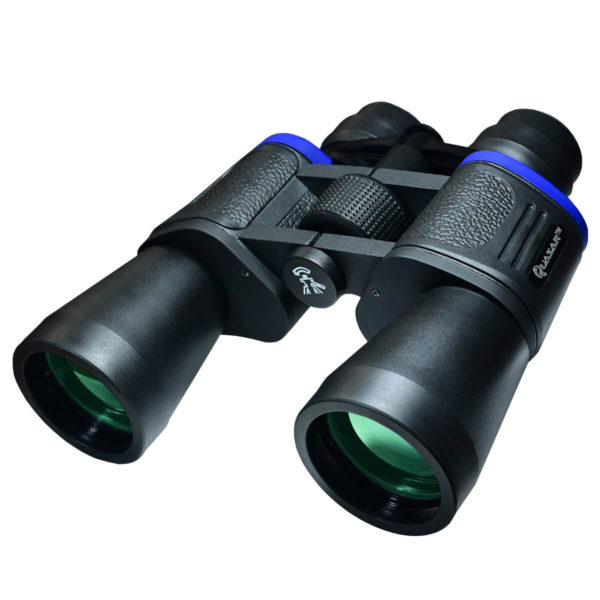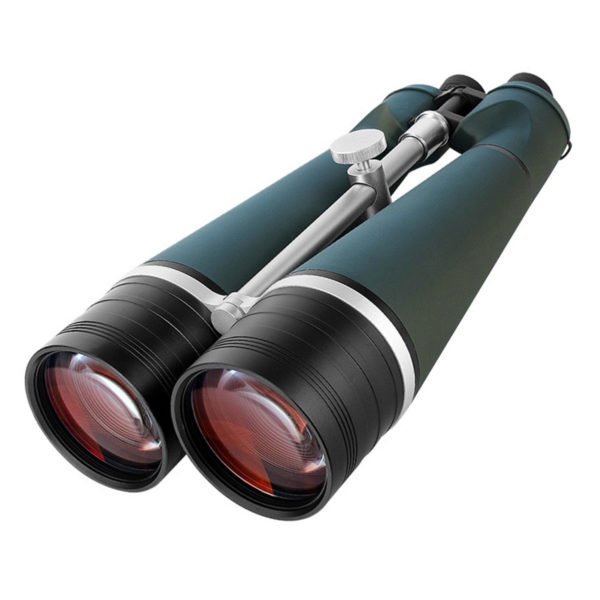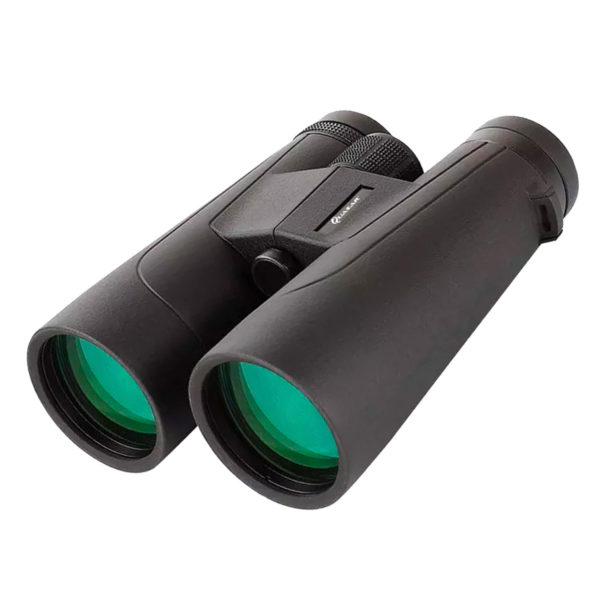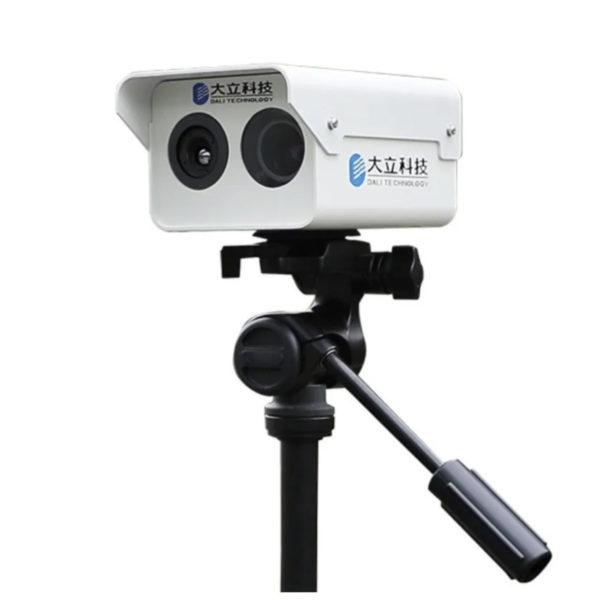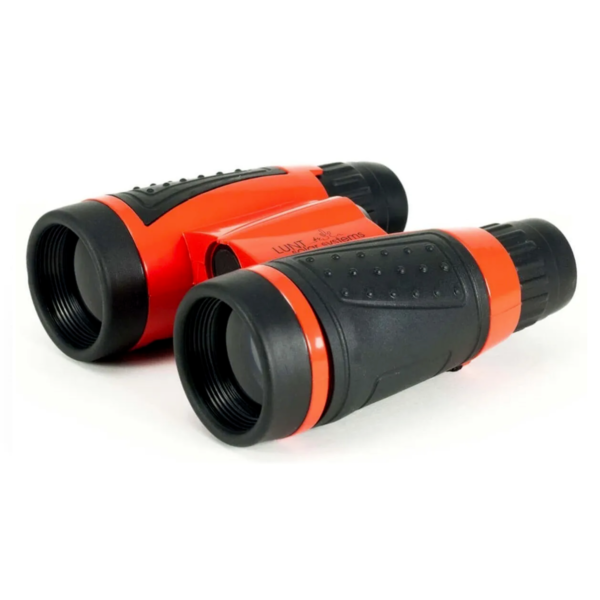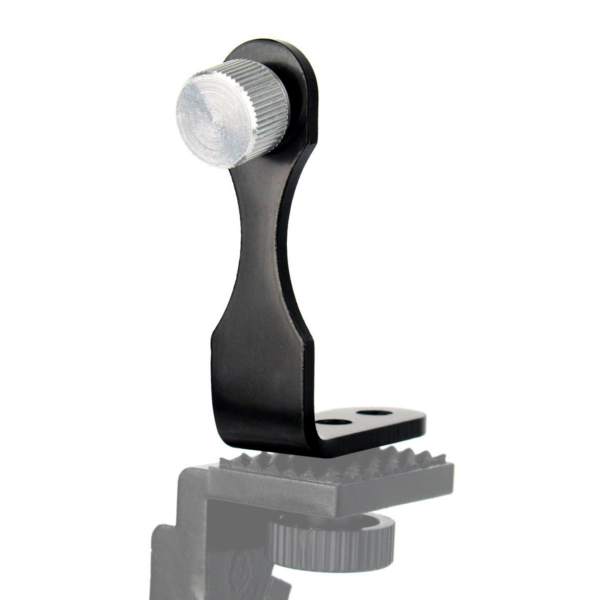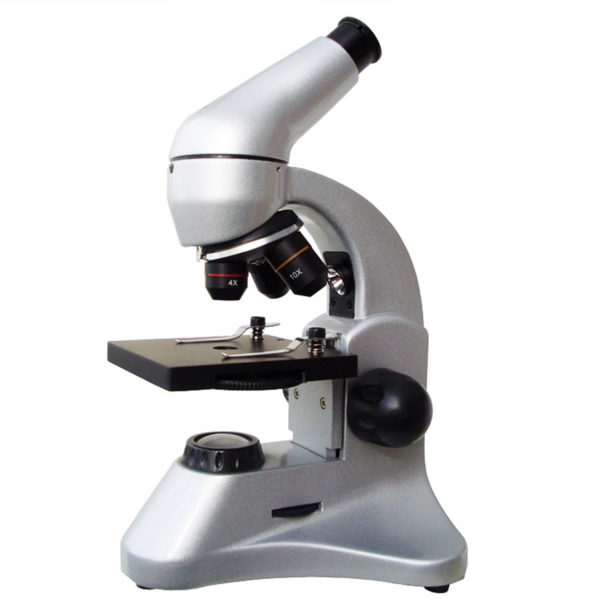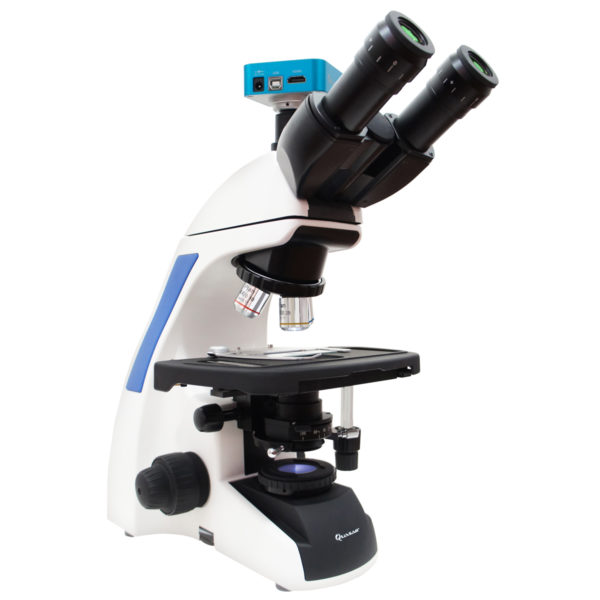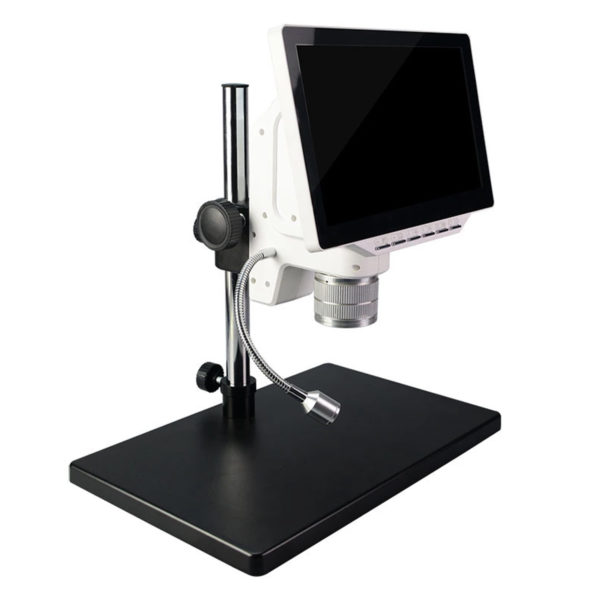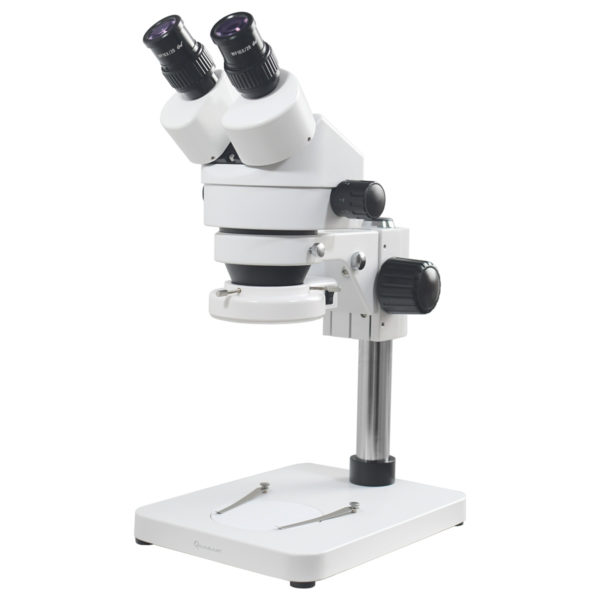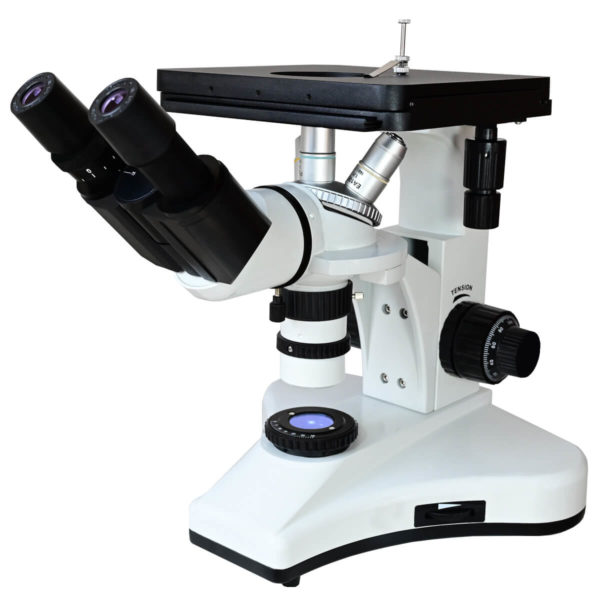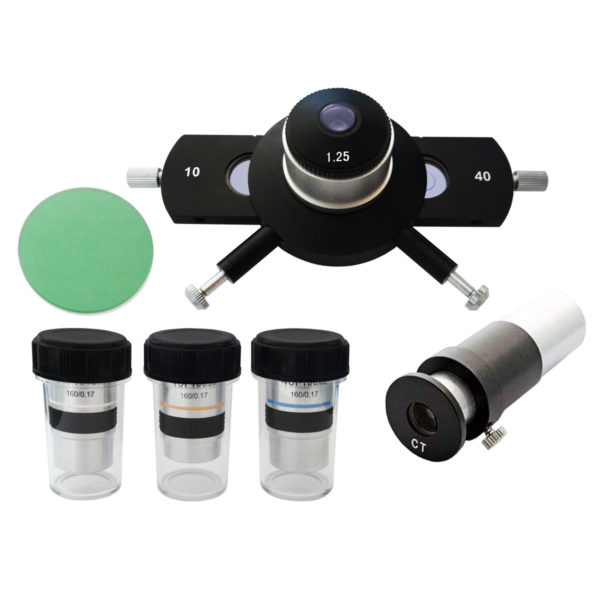Did you miss the Perseids this weekend?

The Perseids reached their maximum splendor on Saturday, August 12, last weekend, so these days you will be able to see the showers without any problem.
On August 21 will be when this shower of stars comes to an end, the characteristic of these is that it is annual, more or less around this time, in some places it is also known as the tears of San Lorenzo, due to the proximity of the feast of the saint of the same name.

The Perseids are visible throughout the northern hemisphere in midsummer, the speeds of these meteors can exceed 52 kilometers per second and their activity rate as we have already explained can be up to 200 meteors per hour, they always begin to be seen from mid-July.
This star shower has an origin in other comets, which are shedding rocky material, forming a ring of debris that are trapped in our solar system, and gradually enter the Earth’s orbit falling into our atmosphere, resulting in a meteor shower.
It glows because friction with the Earth’s atmosphere calcines and vaporizes the meteors, which appear bright for a fraction of a second.
And so that you don’t miss out on what’s left of the Perseids, here are a few tips.

- Go to a place away from the city lights, or you won’t be able to see anything.
- Look for a place where trees, buildings or mountains do not completely block the field of view.
- Identify the constellation Perseus, that is the origin of the star shower.
- A telescope is not necessary to appreciate this spectacle.
- Prioritize your safety, look for safe and not isolated places.
- Bring something warm to drink and eat as you will spend some time looking at the sky.
- Wear comfortable clothes.
If for some reason you can not enjoy the star shower, do not worry, there will be more, the Draconids will be from October 6 to 10, the Orionids will be from October 2 to 7, the Leonids from 6 to 30 November, the Geminids from 4 to 17 December and finally Ursids from 17 to 26 December.


